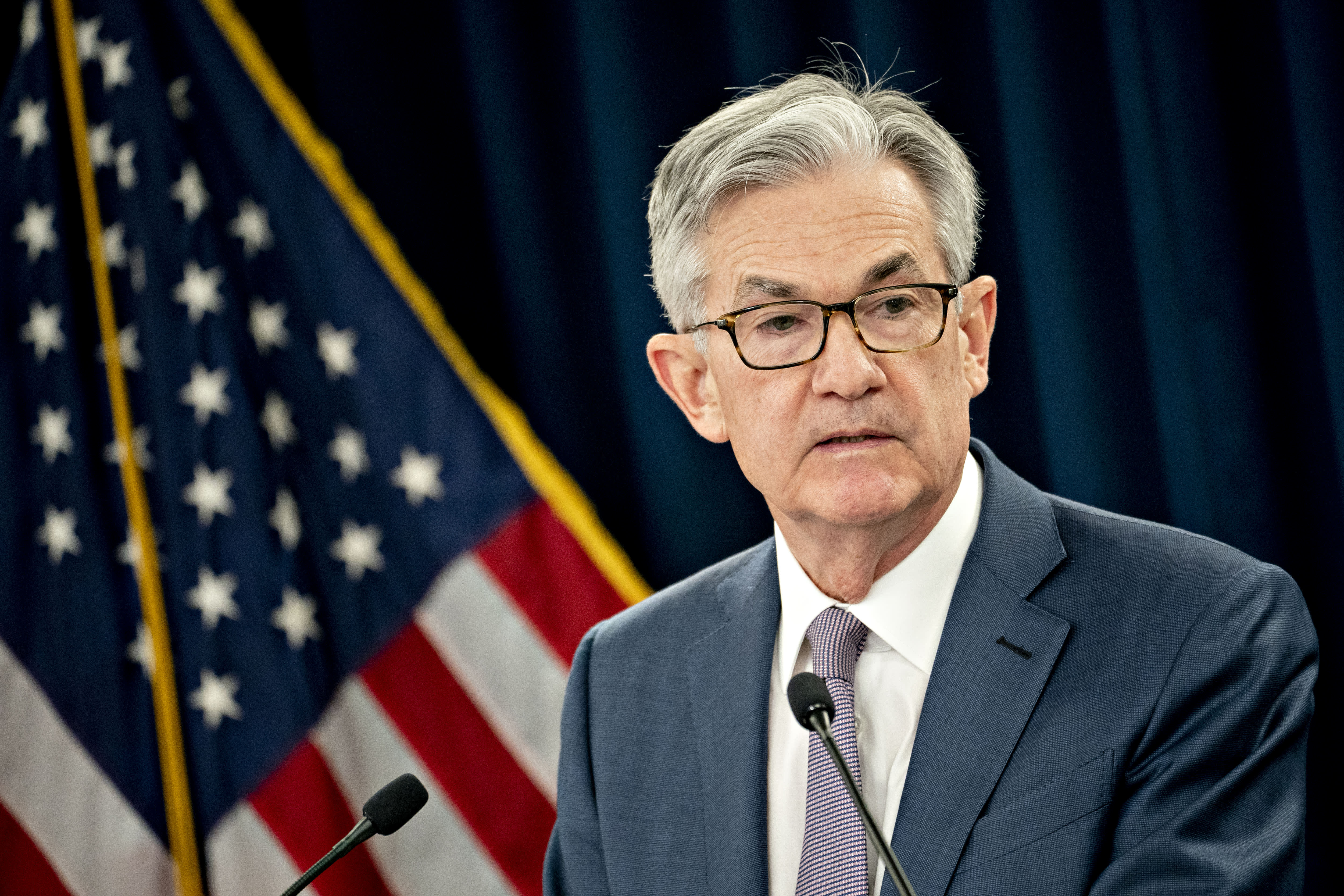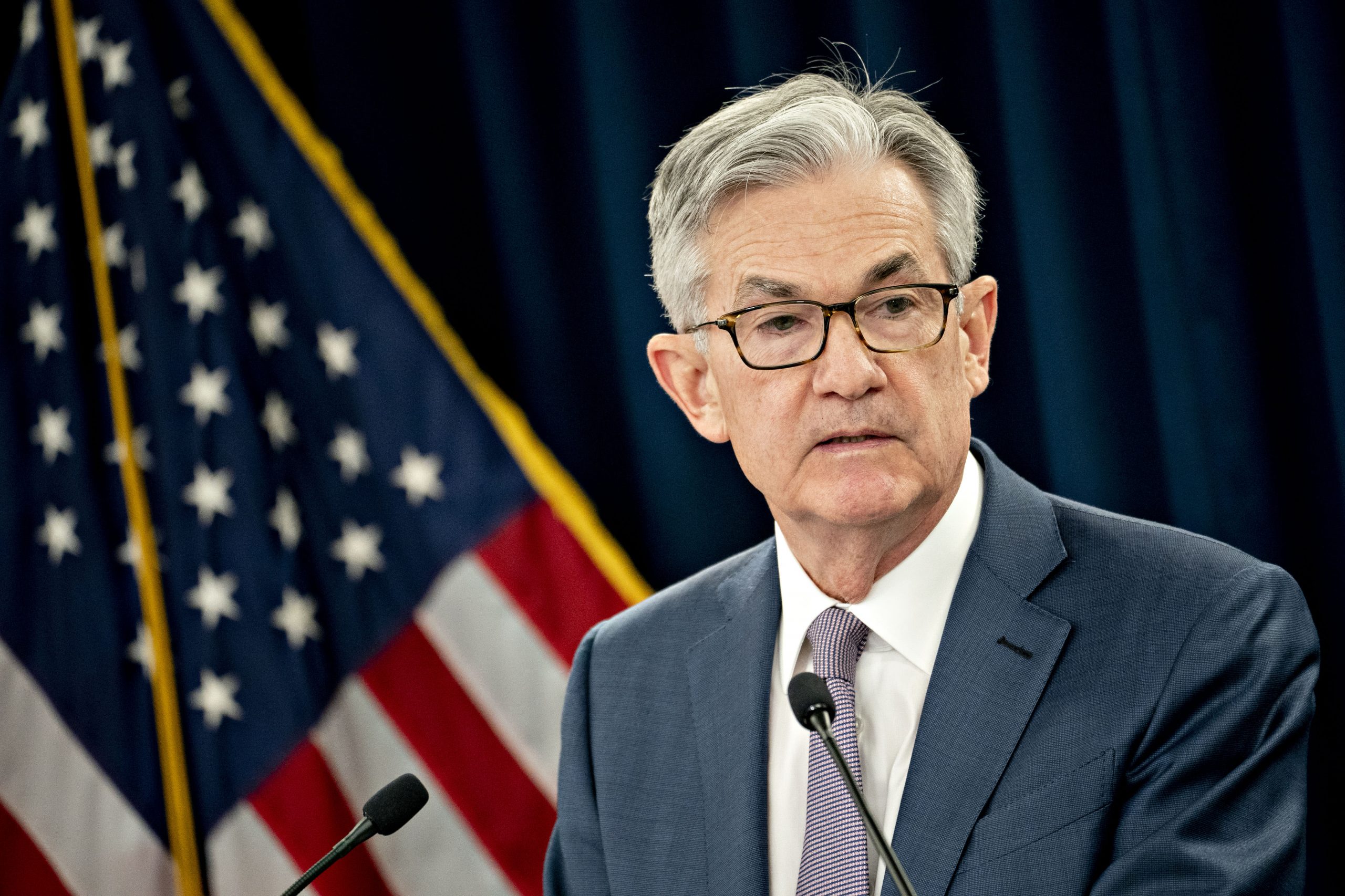
The U.S. Federal Reserve could have saved itself an unnecessary — and counterproductive — interest rate cut last week by explaining to Americans that their fully employed economy needed no further credit easing.
As a reminder, note that the Fed’s charter mandates what amounts to a fully-employed economy and stable prices. That’s a very tough call. In fact, an unsustainable long-term outcome.
So, to start with, the Fed could have told the Main Street last week that the economy ended 2019 with a growth rate of 2.4%, and (what economists call) a full-employment jobless rate of 3.5%.
Can the U.S. economy grow faster?
Yes, of course, but that would require an increase in the stock and quality of labor and (physical) capital. With the active manpower, plant, equipment and technology we now have, the economy can only grow at a non-inflationary rate of about 2%. Straining beyond the existing physical limits for any length of time would lead to rising inflation expectations, increasing bond yields, higher credit costs, slowing economy and worse.
There is nothing the monetary policy alone can do about those binding constraints to growth. The Fed would need the help of the government’s tax, public spending and regulatory policies to create (a) an increase in the quality and amount of labor supply, (b) best practice technologies, and (c) efficient labor and product markets.
That’s fine, one might say, but it all sounds like a rear-view economic outlook.
Isn’t it true that the Fed had to do “something” to forestall the damage the viral epidemic could do to the U.S. economy?
First, there is nothing the Fed can do about the epidemic. It’s an issue for American public health authorities, the U.S. Treasury and the Congress. Second, disruptions to travel, tourism and possibly some supply chains, cannot be stopped and reversed by interest rate cuts.
That’s what markets told the Fed — and the government.
And then the impression of a rear-view outlook is easily removed by the current readings of household incomes, employment and credit costs. They drive private consumption, residential investments and business capital outlays — 87.1% of the total U.S. economy.
That’s where we have solid numbers: A historically low unemployment rate of 3.5% in February, a 2.9% increase in inflation-adjusted after tax personal incomes, and a 7.7% household savings rate to smooth out consumers’ spending in cases of adverse temporary income changes.
Credit costs are some of the lowest on record. Last month, 3.47% mortgage rates were almost an entire percentage point below their year-earlier level. Banks now have an extraordinarily huge $1.5 trillion in excess reserves — money they can lend — and their lending to consumers is growing at annual rates of 6%.
Based on the strength of those growth drivers, the near-term outlook for the U.S. economy looks good — and needs no support from further credit easing.
With an inflation rate of 1.6% — measured by the personal consumption expenditure index, excluding food and energy — the Fed could have told the Americans last week that it continued to deliver on its mandate of stable prices and a fully-employed economy.
Focusing on policy mandate and informing the public about it is like taking the leaf from Mario Draghi, the former president of the European Central Bank. The MIT-educated Italian maestro strictly followed the treaty mandate of a supranational institution he governed — and regularly informed the Europeans where he stood on that task.
Germans disagreed, accusing him of violating the bank’s operating rules. They sued at the Constitutional Court (Germany’s highest judicial authority) and at the European Court of Justice — and lost. In the end, the German president awarded Draghi the country’s highest honor, Germany’s Order of Merit, last January.
To repeat: It’s up to U.S. public health authorities, the Treasury and the Congress to handle this epidemic.
The Fed, the ECB and China’s central bank are already cooperating by maintaining very accommodative credit conditions.
Throwing more money at the liquidity flooded asset markets is not what’s needed.
Commentary by Michael Ivanovitch, an independent analyst focusing on world economy, geopolitics and investment strategy. He served as a senior economist at the OECD in Paris, international economist at the Federal Reserve Bank of New York, and taught economics at Columbia Business School.


 Signal2forex.com - Best Forex robots and signals
Signal2forex.com - Best Forex robots and signals




